Infraorder Hystricognathi Superfamily Octodontoidea | Order Rodent | |
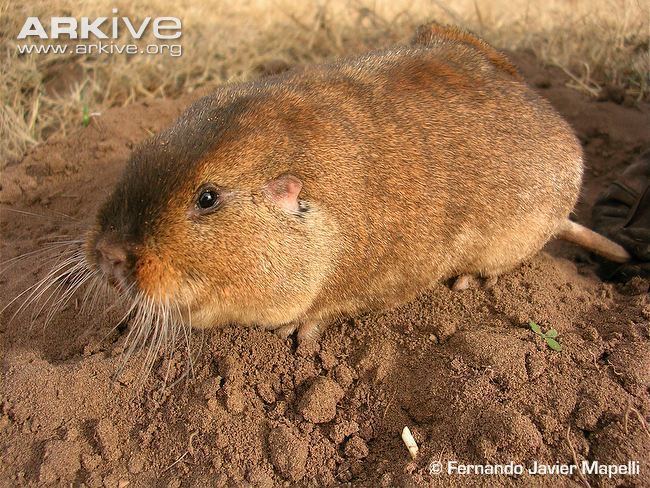 | ||
Family CtenomyidaeLesson, 1842 Lower classifications Magellanic tuco‑tuco, Ctenomys flamarioni, Southern tuco‑tuco, Rio Negro tuco‑tuco, Brazilian tuco‑tuco | ||
wikipedia bolivian tuco tuco
A tuco-tuco is a neotropical rodent in the family Ctenomyidae. Tuco-tucos belong to the only living genus of the family Ctenomyidae, Ctenomys, but they include approximately 60 different species. The common name, "tuco-tuco" comes from the "tuc-tuc" sound they make while they dig their burrows.
Contents
- wikipedia bolivian tuco tuco
- wikipedia coyhaique tuco tuco
- Anatomy
- Distribution
- Habitat
- Behavior
- Food
- Courtship
- Diversity
- Human impact
- Indigenous people
- Species
- References
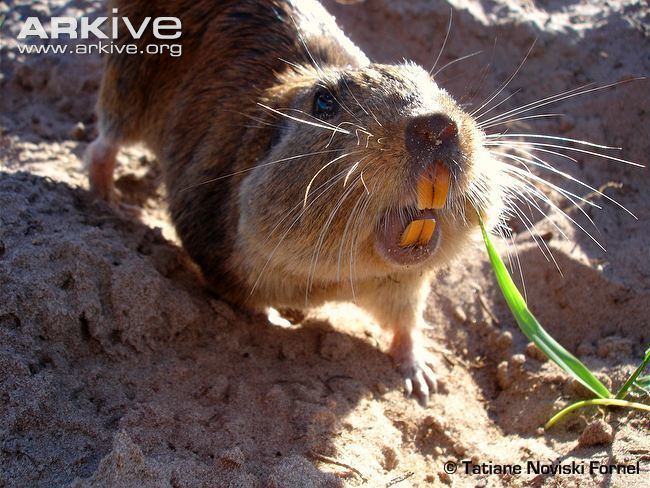
The relationships among the species are debated by taxonomists. It has been described that they are in a state of "taxonomic chaos," but banded karyotypes have been used to help make progress on their taxonomic study. Their closest relatives are degus and other octodontids. All species of tuco-tucos are found in South America from Peru and central Brazil southward. The tuco-tucos of South America have an ecological role equivalent to that of the pocket gophers of North America.

They occupy an ecological niche previously taken by gondwanatheres such as Patagonia earlier in the Cenozoic.
wikipedia coyhaique tuco tuco
Anatomy

Tuco-tucos have heavily built cylindrical bodies with short legs and their pelage ranges in color from black to light grey. Their skin is loosely applied, possibly to slide about the tunnels they create. They have long fore feet for burrowing, and bristled hind feet for grooming. They also have large heads, small ears, and hairy tails. Their bodies range in size from 15–25 cm (5.9–9.8 in) in length, and they can weigh as little as 100 grams ((C. pundti)) to more than 1000 grams ((C. conover)).
Distribution
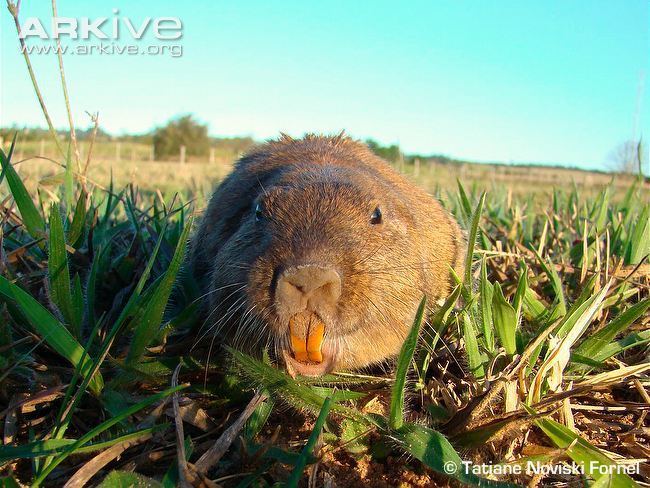
Members of the genus Ctenomys are widely distributed, but over 50 of the species are found in the southern half of South America. They can be seen in many areas from the southern portion of Peru and southern Brazil to the Tierra del Fuego at the southernmost tip of South America, through parts of Chile and a majority of Uruguay, Paraguay, Bolivia, and Argentina. Their ranges occur from coastal grasslands to mountain slopes, including the Andean Puna at over 4000 meters, and depend on factors such as soil type, ambient temperature, and primary productivity. The only sympatric distribution of this genus occurs between C. australis and C. talarum in a coastal dune region.
Habitat
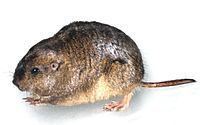
Tuco-tucos live in excavated burrows and spend a majority (up to 90%) of their lives underground. It is estimated that they represent about 45% of all the underground rodents of the world. Their burrows maintain a fairly constant temperature and humidity level that is independent of the geographic region. In order to excavate the soil, they have many morphological adaptations, including their body shape, reduced eyes, and strong limbs. Their olfaction is increased and is used to help orient themselves during digging and establishing a territory. The two techniques they use for digging are scratch-digging and skull-tooth digging. A combination of the two methods are often used. Their claws and forelimbs are used primarily for scratch-digging, and their skull and incisor teeth are used secondarily for skull-tooth digging.
Behavior
Tuco-tucos are diurnal and alternate periods of activity and periods of rest throughout the day.
Food
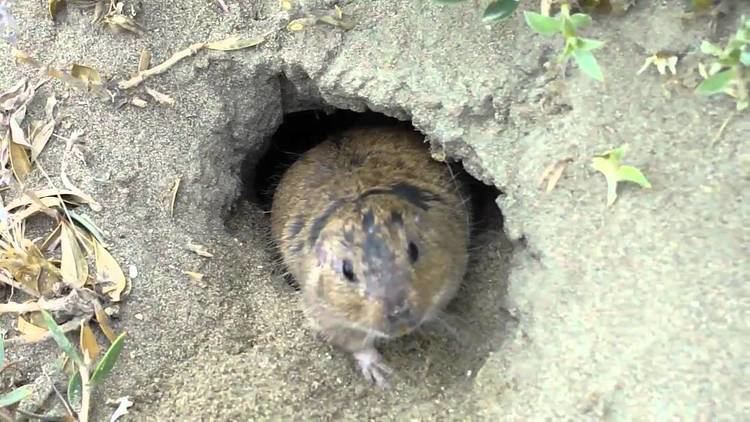
They primarily search for food by digging passageways. Due to the high energy cost of foraging for food, their diet is rather broad.
Courtship
Very little is known about the courtship of the tuco-tucos, as it takes place underground inside their burrows. It is known that the male takes an aggressive posture and exchanges chemical or acoustic signals with the female.
Diversity
Among their most notable features is that various members of the genus exhibit differing levels of genetic variability and sociality. Most of these species are solitary animals, however some are semisocial or social, with a tendency for the most social species (e.g. C. sociabilis) to have the least genetic variation.
While the processes behind its diversification are unknown, it has been suggested that they are among the most diversely speciated genus of mammals, largely due to chromosomal rearrangements and rapid speciation since their appearance in the late Pliocene or early Pleistocene era. Their chromosomal diversity is so impressive because their diploid numbers range from 10 to 70.
Human impact
The species in this genus are at risk of predation by humans because they are viewed as agricultural pests.
Indigenous people
Prior to the European settlement the tuco-tuco was an important food resource in Tierra del Fuego for the Fuegians in particular.
